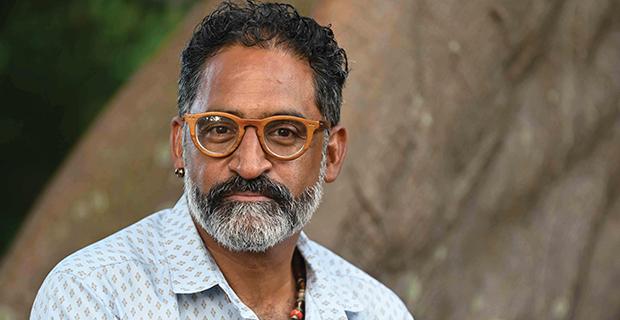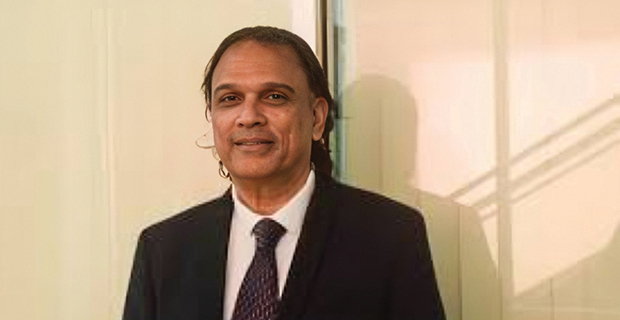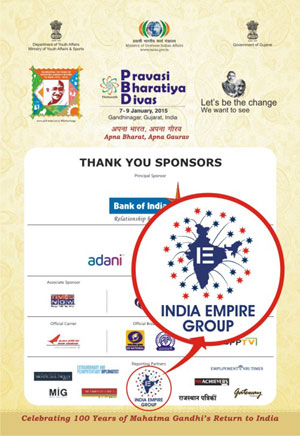Churches, Culture, Conversion, Continuity
When indentured Indians first arrived in Trinidad, they encountered two well-established Christian denominations: Roman Catholicism, which had been present since the Spanish colonial era, and Anglicanism, introduced after the British conquest of the island in 1797. However, as historian Lionel Frank Seukaran noted in the Indian Centenary Review (1945), neither of these churches initially sought to convert large numbers of Indians to Christianity.
This changed in 1875 with the arrival of the Canadian Presbyterian Mission, marking the start of structured efforts to educate and Westernize East Indians. The mission successfully converted many Hindus and Muslims to Christianity and established Hindi-language schools within Indian communities. Over time, Indo-Trinidadians began adopting Creole English, Western dress, and customs. Many gradually abandoned strict vegetarianism and embraced a more varied diet. Yet, despite these cultural shifts, a majority continued to live in poverty, isolation, and illiteracy until the 1960s.
This historical backdrop gives rise to several important questions applicable across the Indian diaspora:
- Did Christian missionaries have a positive, negative, or mixed impact on Indian life and culture?
- How did Hinduism and Islam survive sustained efforts at conversion?
- In what ways did Christian indoctrination reshape the lives of indentured Indians and their descendants?
- How influential was the process of Christianisation in Dutch-speaking Caribbean societies?
These questions were explored during an Indo-Caribbean Cultural Centre (ICC) Thought Leaders’ Forum held virtually on December 22, 2024. The forum was chaired by Shakira Mohammed and moderated by Shalima Mohammed, both from Trinidad. Four guest speakers from diverse countries shared their perspectives on the topic: “The Impact of Christian Churches on the Indian Diaspora.”
Faith and Transformation: Global Reflections

Dr. Raymond Perrier (South Africa) spoke from his experience at the Denis Hurley Centre in Durban:
“Working at the Centre allows us to see all communities come together to serve humanity. We noticed that while all religions use food to unite people, the sharing usually remains within one’s own tradition. We asked ourselves: can we create a meal everyone can share across faiths? So we host a ‘Meal of Reconciliation,’ where we bring together homeless people—we serve about 250 daily—and also invite other members of Durban to join. It’s an effort to build bridges between traditions.”
Perrier’s initiative highlights a modern, inclusive approach to interfaith interaction, rooted not in conversion but in compassion and shared humanity.

Dr. Hon. Justice Anthony Gafoor (Trinidad) reflected on the legacy of Christian influence among Indo-Trinidadians:
“Christian churches have certainly played a significant role within the East Indian community. There’s historical trauma from colonialism, indentureship, and social discrimination. The opportunity to navigate multiple identities is not a burden but a chance for self-reflection. East Indians have not faced major restrictions in joining church institutions. While we’ve made strides in socio-economic integration, disparities remain. At the same time, there is a strong drive toward preserving Indian culture.”
His comments suggest that while Christian institutions may have offered access to education and inclusion, they were also part of a larger colonial framework that left lasting socio-cultural impacts.










Comments.